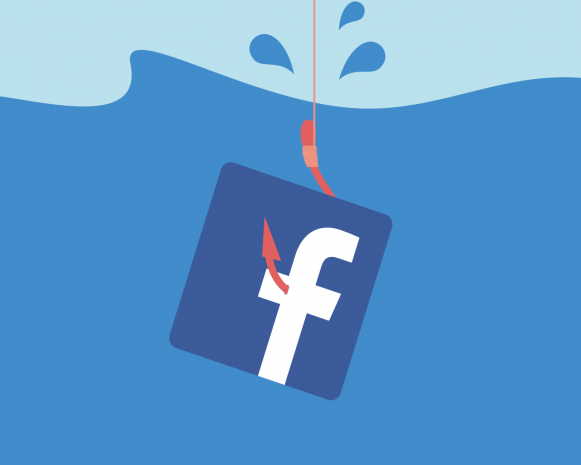They say, a key to solving a problem is its proper understanding. On the other hand, if the problem isn’t comprehended well, or its scope is underestimated (or, again, overestimated), fixing it is next to impossible. And so, one of the primary issues with cybersecurity, both personal and enterprise, is discrepancies between actual situation and the people’s perception. For instance people still can’t get used to the fact that the mobile malware runs as rampant as it used to do years ago with Windows, and that ignoring that fact means risking their money and not just them.
So, let’s substantiate this.
Perception
According to a recent survey by Kaspersky Lab and B2B International, 28% of users know nothing or very little about mobile malware. No such thing, Error 404, Not Found. By the way, “know nothing” also mean “are totally not interested”, at least until they get hit.
Misunderstanding of real cybersecurity issues always complicates things a lot: without proper perception proper addressing the problem isn’t possible. Read more about it in our new study dedicated to “Perception vs Reality” topic.
Further figures show that just 58% of Android-based smartphones and 63% of Android tablets are protected by any kind of an anti-virus solution, while 31% of smartphones and 41% of tablets are not even password-protected. Apparently these users don’t really think they can lose their devices.
Mobile malware: perception vs. reality #security
Tweet
And now the worst thing: at least 18% of unprotected Android-based smartphones contain precisely the information that cybercriminals are most eager to go after: PIN codes for bank cards, passwords to online banking systems and other financial data. 24% of them store passwords to social networks, personal and work e-mail, VPN and other sensitive resources. Even though users don’t bother to set a password, they still store personal emails (49%), work emails (18%), as well as the “data that they would not want anyone to see” (10%) on their smartphones.
Examples of consequences? The most picturesque are the private photos stolen from Hollywood stars’ smartphones and leaked over on the Web. Always a drama…
Reality shows
The same survey tells us that over a 12-month period 41% of smartphone users and 36% of tablet users faced malicious applications, 18% of smartphone users and 24% of tablet users had their online service accounts hacked, while financial cyberattacks affected 43% of smartphone users and 50% of tablet users.
And from another study by Kaspersky Lab we learn that the number of financial malware attacks against Android users grew by 3.25 times in 2014. Which means two things: 1. malware writers for Android platform smell money; 2. users still don’t care much.
Without proper understanding #security problems can’t be fixed
Tweet
Android has a history of insecurity. However it improves steadily gaining solid security features. But without users’ awareness and willingness to ensure their own security too, efforts of Google’s programmers may be still quite futile.
 mobile threats
mobile threats
